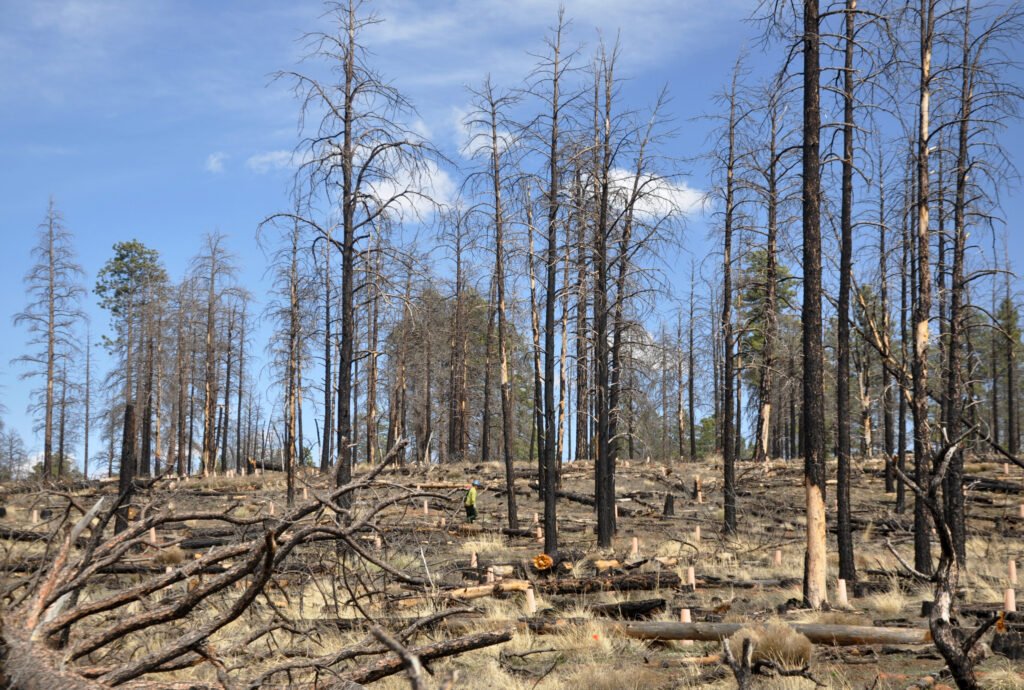When nature unleashes its fury through wildfires, the aftermath can look like a moonscape—charred earth, skeletal trees, and an eerie silence where once thrived vibrant ecosystems. But here’s something that might surprise you: beneath that seemingly lifeless ash lies one of nature’s most remarkable recovery systems. Native plants, with their ancient wisdom encoded in their DNA, are proving to be the ultimate firefighters in reverse, healing landscapes that fire has temporarily claimed.
The Hidden Power of Fire-Adapted Plants

Some plants have been dancing with fire for millions of years, and they’ve gotten really good at it. These fire-adapted species have evolved incredible survival strategies that would make any superhero jealous. They’ve developed thick bark that acts like natural armor, deep root systems that reach underground water sources, and some even produce chemicals that actually encourage controlled burns.
Take the mighty oak trees, for instance. Their thick, corky bark can withstand temperatures that would reduce other trees to ash. Meanwhile, certain wildflowers have seeds that literally need fire to germinate—they’ve been waiting underground for decades, just hoping for the right burn to crack their tough shells. It’s like nature’s own time capsule system, programmed to activate when conditions are perfect.
Why Native Plants Are Nature’s First Responders
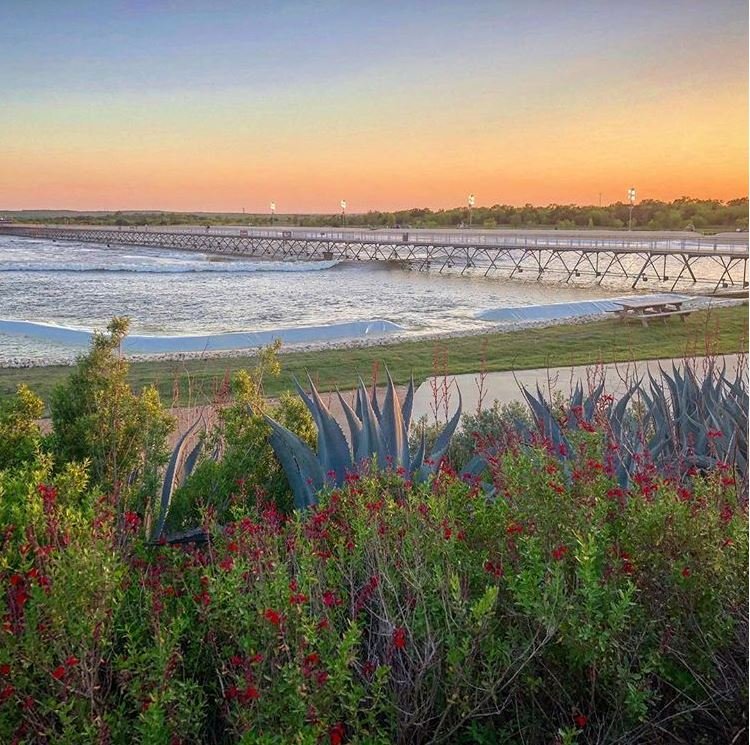
Native plants aren’t just tough—they’re also incredibly smart about their local environment. They know exactly what nutrients the soil needs, how much water to expect, and which other plants make the best neighbors. When fire sweeps through an area, these plants are ready to jump into action faster than any human restoration team could ever manage.
Their root systems, often extending far deeper than you’d imagine, survive even intense fires because soil temperatures drop dramatically just a few inches below the surface. While the above-ground parts might be reduced to ash, these underground networks remain intact, ready to send up new shoots as soon as conditions improve. It’s like having a backup generator for an entire ecosystem.
The Science Behind Fire-Triggered Regeneration

Fire doesn’t just destroy—it creates. When flames consume dead plant material, they release nutrients back into the soil in a form that living plants can easily absorb. This natural recycling process is so efficient that many ecosystems have become dependent on periodic burning to maintain their health. The ash acts like a natural fertilizer, providing potassium, phosphorus, and other essential minerals in concentrated doses.
Scientists have discovered that certain plant hormones are actually activated by heat and smoke. These chemical signals tell dormant seeds and root systems that it’s time to wake up and get growing. Some seeds won’t germinate at all without exposure to smoke compounds, having evolved this failsafe mechanism over countless generations.
The soil itself undergoes dramatic changes during and after a fire. Organic matter breaks down rapidly, creating a nutrient-rich environment that’s perfect for new growth. The removal of competing vegetation also means more sunlight reaches the ground, giving young plants the energy they need to establish themselves quickly.
How Underground Networks Survive the Flames

While surface fires rage above, an entirely different world exists just inches below ground. Root systems and soil-dwelling organisms create a vast underground network that remains largely unaffected by even the most intense wildfires. This subterranean ecosystem becomes the foundation for rapid recovery, with established root systems ready to support new growth the moment conditions improve.
Many native plants store energy in their roots and underground stems, creating natural reserves that can fuel rapid regrowth. These energy stores, built up over years of growth, act like biological batteries that can power new shoots even when the above-ground plant appears completely destroyed. Grasses are particularly good at this strategy, often sending up new green shoots within days of a fire.
Pioneering Plants That Lead the Recovery
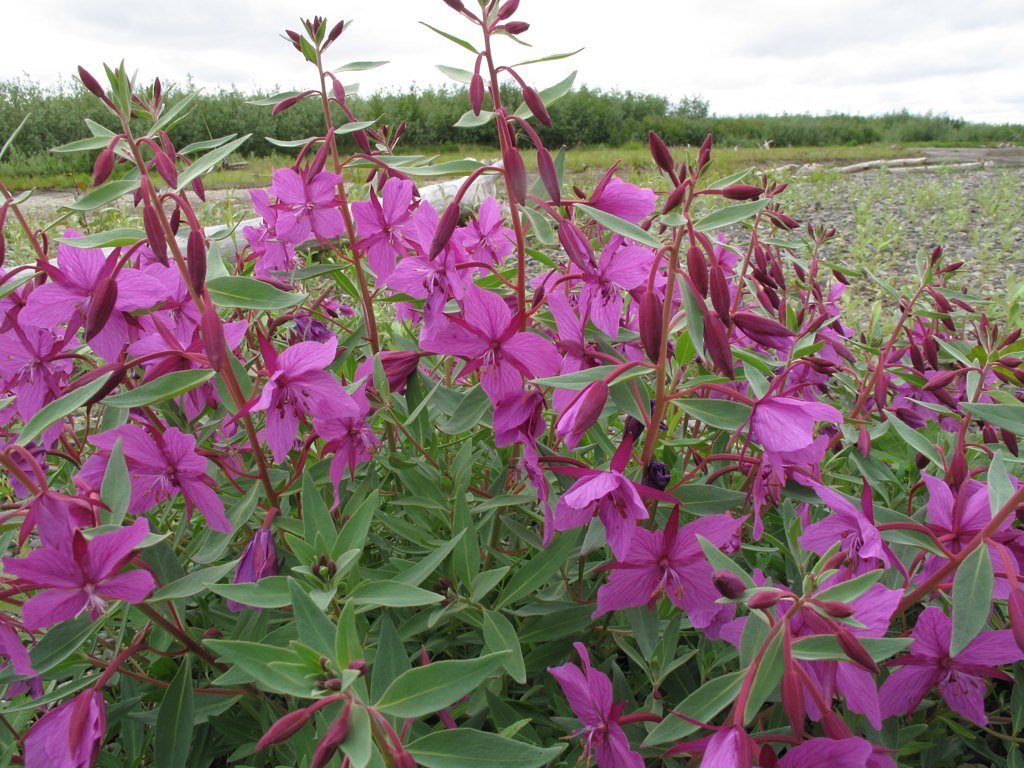
Not all plants are created equal when it comes to post-fire recovery. Certain species have earned the title of “pioneer plants” because they’re the first to establish themselves in burned areas. These botanical pioneers are typically fast-growing, produce lots of seeds, and aren’t picky about soil conditions. They’re nature’s equivalent of emergency responders, rushing in to stabilize the situation before more specialized plants can take over.
Fireweed, despite its ominous name, is actually a beautiful purple-flowered plant that’s often the first to colonize burned areas. Its seeds are equipped with fluffy white plumes that allow them to travel long distances on the wind, giving them a head start in reaching newly burned territory. Once established, fireweed helps prevent soil erosion and creates favorable conditions for other plants to follow.
Annual wildflowers also play a crucial role in early recovery. These plants complete their entire life cycle in a single growing season, allowing them to take advantage of the temporary abundance of nutrients and sunlight that follows a fire. They produce massive quantities of seeds, ensuring that future generations will be ready when the next fire cycle occurs.
The Role of Soil Microorganisms in Plant Recovery
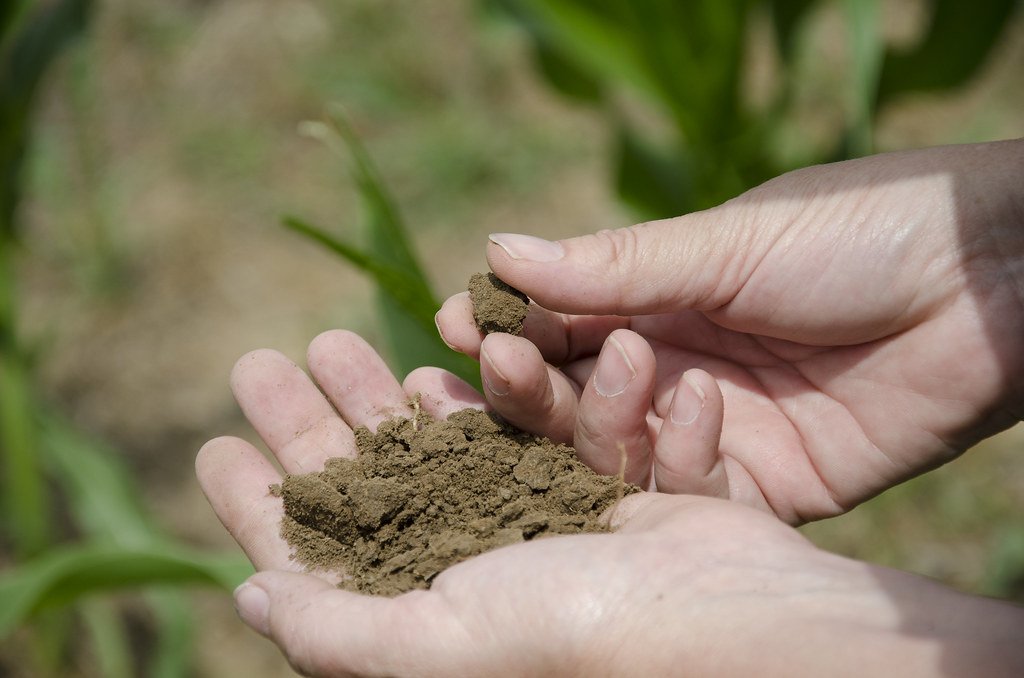
Beneath the surface drama of fire and regrowth lies an invisible world of microorganisms that play a crucial role in ecosystem recovery. These microscopic allies form partnerships with plant roots, helping them absorb nutrients and water more efficiently. Many of these beneficial bacteria and fungi survive fires by existing deep in the soil, where they wait patiently for their plant partners to return.
Mycorrhizal fungi, in particular, form extensive networks that connect different plants and help them share resources. These fungal highways remain largely intact after fires, providing an instant communication and nutrient distribution system for recovering vegetation. When new plants begin to grow, they can immediately tap into this existing network, dramatically speeding up their establishment and growth.
The relationship between plants and soil microorganisms is so important that many restoration projects now include inoculation with beneficial microbes. By reintroducing these microscopic partners, land managers can significantly improve the success rate of post-fire vegetation recovery and create more resilient ecosystems.
Water Conservation Strategies of Fire-Adapted Plants

Fire-adapted plants have developed remarkable water conservation strategies that allow them to survive in the often drought-prone conditions that follow wildfires. Many native species have small, waxy leaves that reduce water loss through evaporation. Others have developed the ability to close their leaf pores during the hottest part of the day, essentially holding their breath until conditions improve.
Deep taproot systems are another crucial adaptation that allows plants to access groundwater sources that remain unaffected by surface fires. These roots can extend many feet down into the soil, tapping into moisture reserves that sustain the plant through the critical early stages of recovery. Some desert plants have roots that spread horizontally over vast areas, allowing them to capture moisture from even the lightest rainfall.
Seed Dispersal Mechanisms After Fire
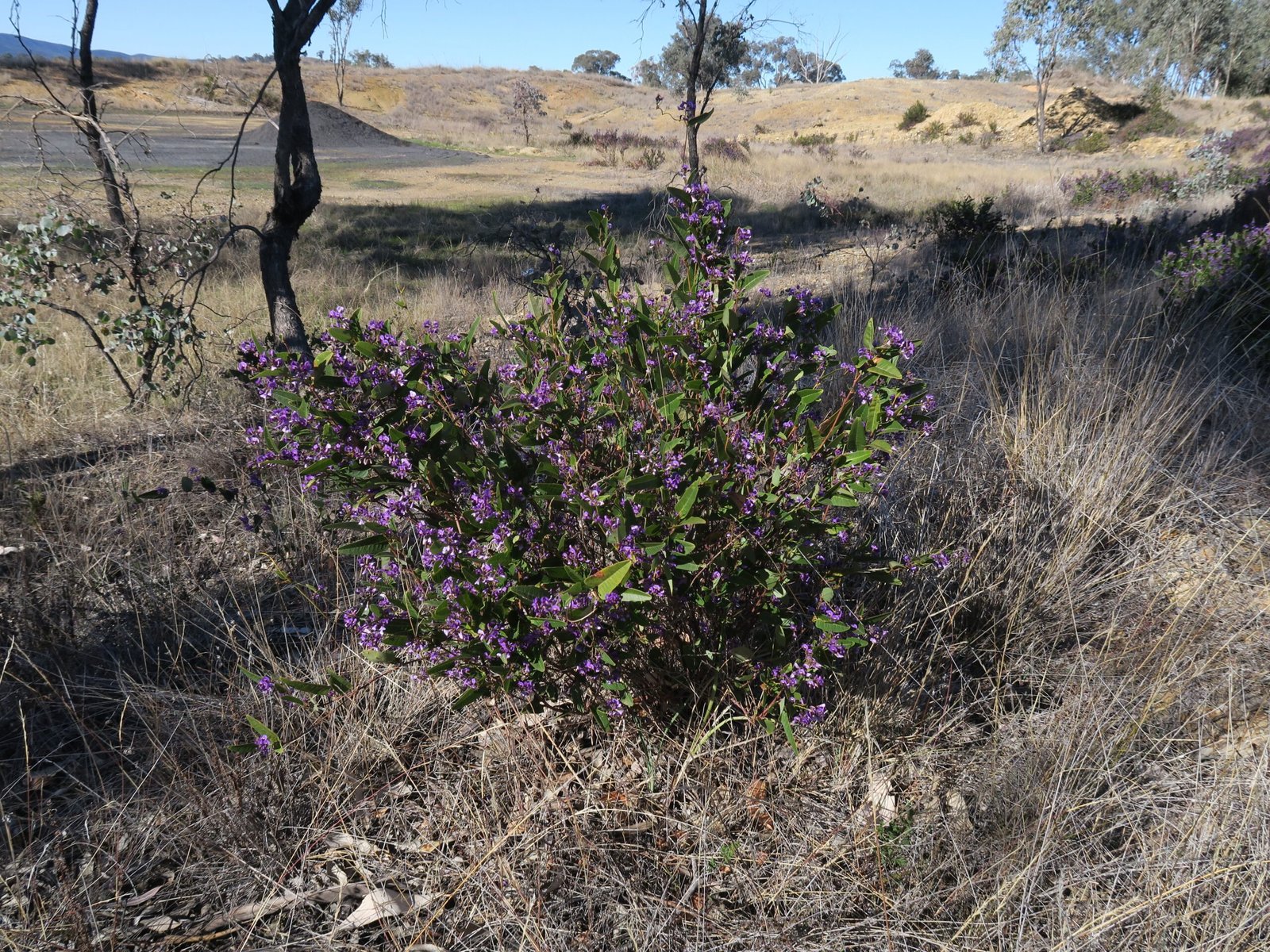
Nature has devised incredibly creative ways to ensure that seeds reach burned areas where they can take advantage of improved growing conditions. Wind dispersal is perhaps the most common method, with many fire-adapted plants producing seeds equipped with wings, plumes, or other structures that allow them to travel long distances. These aerial seeds can quickly colonize burned areas, sometimes arriving before the ash has even cooled.
Animals also play a crucial role in seed dispersal, often carrying seeds in their fur or digestive systems to new locations. Birds, in particular, are excellent seed dispersers because they can cover large distances quickly and aren’t deterred by recently burned areas. Some plants have even evolved seeds that are specifically designed to stick to animal fur or feathers, ensuring widespread distribution after fires.
Water dispersal becomes particularly important in areas where fire has created temporary changes in drainage patterns. Seeds can be carried by runoff water to new locations where they might find favorable growing conditions. This method is especially effective for plants that grow along waterways or in areas that receive seasonal flooding.
The Timing of Natural Regeneration Cycles

Nature operates on its own schedule, and understanding the timing of natural regeneration cycles is crucial for successful restoration efforts. The first plants to appear after a fire typically emerge within weeks or months, taking advantage of the temporary abundance of nutrients and reduced competition. These early colonizers are usually fast-growing annuals that complete their life cycle quickly and produce large quantities of seeds.
As the ecosystem matures, different plant communities take over in a predictable sequence. Perennial grasses and shrubs typically establish themselves in the second and third years after a fire, creating more permanent vegetation that can support wildlife and prevent erosion. Trees and other long-lived plants may take several years or even decades to fully establish, but they eventually form the canopy that defines the mature ecosystem.
This natural succession process is incredibly efficient, with each stage creating conditions that favor the next group of plants. Early colonizers may actually modify the soil chemistry or provide shade that benefits later arrivals. Understanding these natural rhythms allows restoration specialists to work with nature rather than against it, achieving better results with less effort.
Challenges Faced by Native Plants in Severely Burned Areas

While native plants are remarkably resilient, they face significant challenges in areas that have experienced particularly severe fires. High-intensity burns can sterilize soil, destroying both the seed bank and the beneficial microorganisms that plants depend on for healthy growth. In these situations, even the most fire-adapted species may struggle to establish themselves without human intervention.
Erosion becomes a major problem in severely burned areas, especially on slopes where the protective layer of vegetation has been completely removed. Without plant roots to hold the soil in place, heavy rains can wash away the nutrient-rich topsoil that new plants need to grow. This creates a cycle where poor growing conditions prevent plant establishment, which in turn leads to further erosion.
Climate change is also creating new challenges for post-fire recovery. Rising temperatures and changing precipitation patterns can stress recovering ecosystems and make it harder for native plants to establish themselves. Some areas may experience more frequent or intense fires than they have historically, not giving vegetation enough time to fully recover between fire events.
Human Interventions That Support Natural Recovery
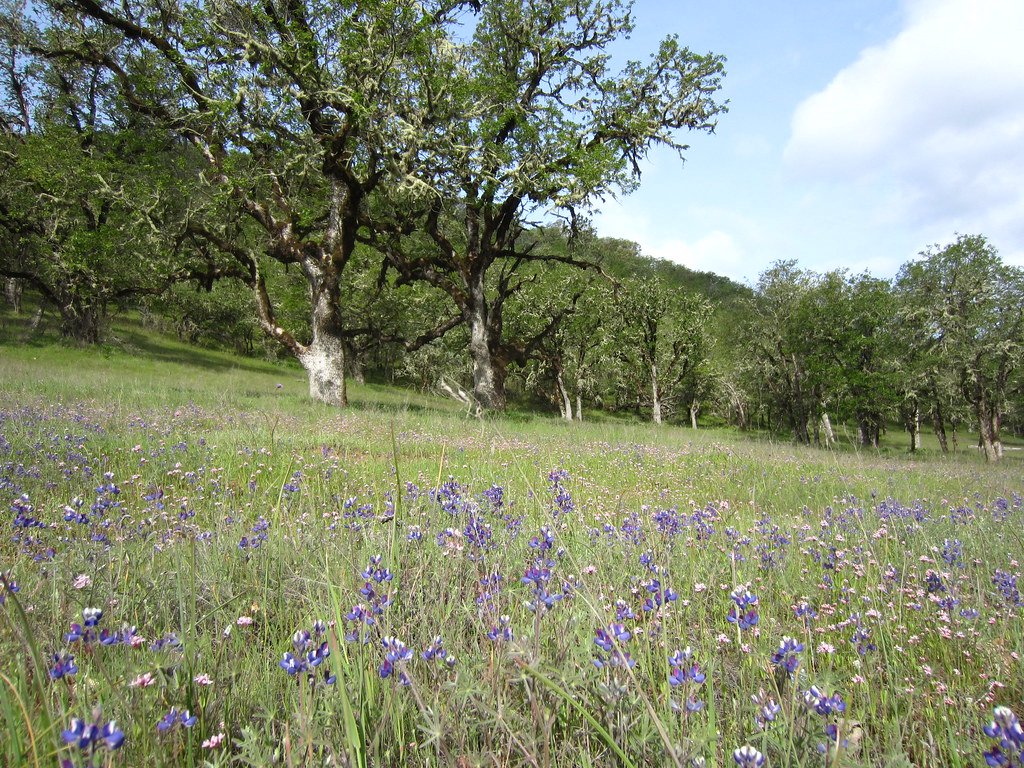
Smart land managers have learned that the best restoration efforts work with natural processes rather than trying to replace them. Strategic seeding of native species can help jump-start recovery in areas where the natural seed bank has been depleted. This approach is most effective when it uses locally adapted plants that are already well-suited to the specific soil and climate conditions of the area.
Erosion control measures can protect vulnerable areas while giving native plants time to establish themselves. Simple techniques like installing straw barriers or creating small terraces can dramatically improve survival rates for young plants. These temporary measures are gradually removed as vegetation becomes established and natural erosion control takes over.
Controlling invasive species is another crucial intervention that can make the difference between successful recovery and long-term ecosystem degradation. Non-native plants often lack the natural controls that keep them in check, allowing them to outcompete native species for resources. Early detection and removal of invasive plants gives native species a better chance to establish themselves and fulfill their ecological roles.
Success Stories from Major Fire Recovery Projects
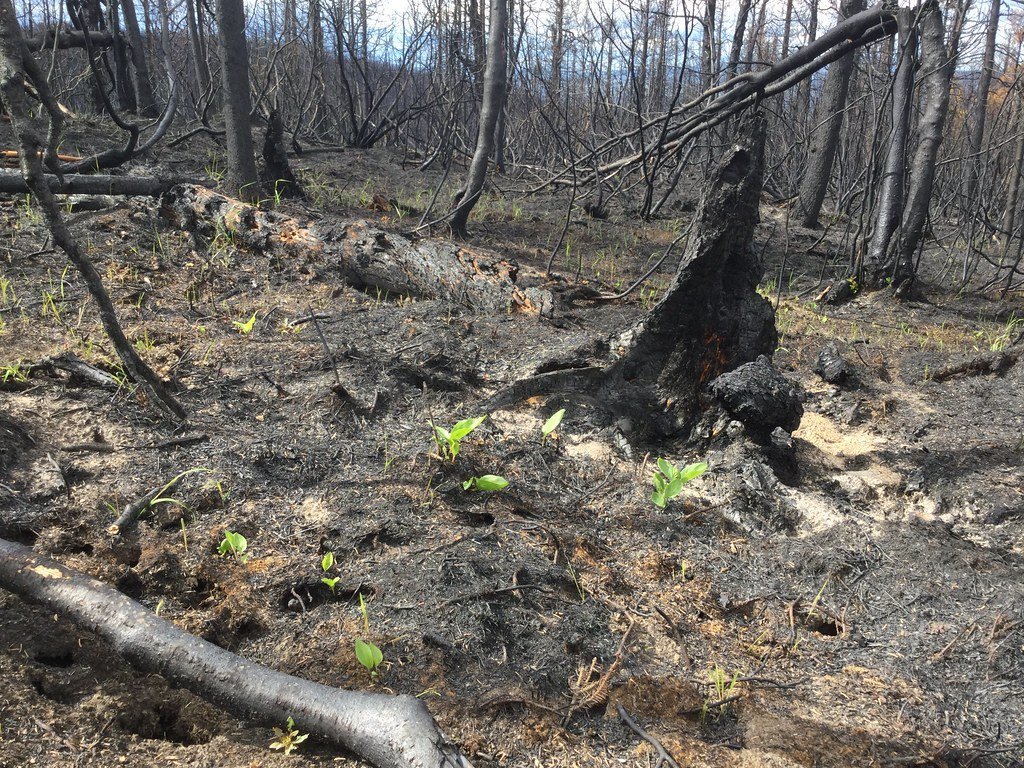
The 2018 Camp Fire in California, one of the most devastating wildfires in the state’s history, provided a powerful example of nature’s resilience when given the right support. Within months of the fire, native wildflowers began appearing in burned areas, painting the landscape in brilliant colors that seemed impossible after such destruction. Local restoration groups worked to protect these natural recovery areas from development and invasive species, allowing the native plant communities to reestablish themselves.
In Australia, the recovery efforts following the 2019-2020 bushfire season demonstrated the importance of seed banking and genetic diversity in restoration projects. Researchers had collected seeds from many native plant species before the fires, allowing them to reintroduce genetic material that might have been lost in the flames. This proactive approach helped ensure that recovering ecosystems maintained their natural diversity and resilience.
The Yellowstone National Park fires of 1988 initially shocked the public, but they ultimately provided one of the best examples of natural fire recovery in North America. Park managers made the controversial decision to allow natural processes to take their course, and the results were remarkable. Native lodgepole pines, which release seeds only when heated by fire, created dense new forests that supported diverse wildlife populations within a few decades.
The Economic Benefits of Native Plant Restoration
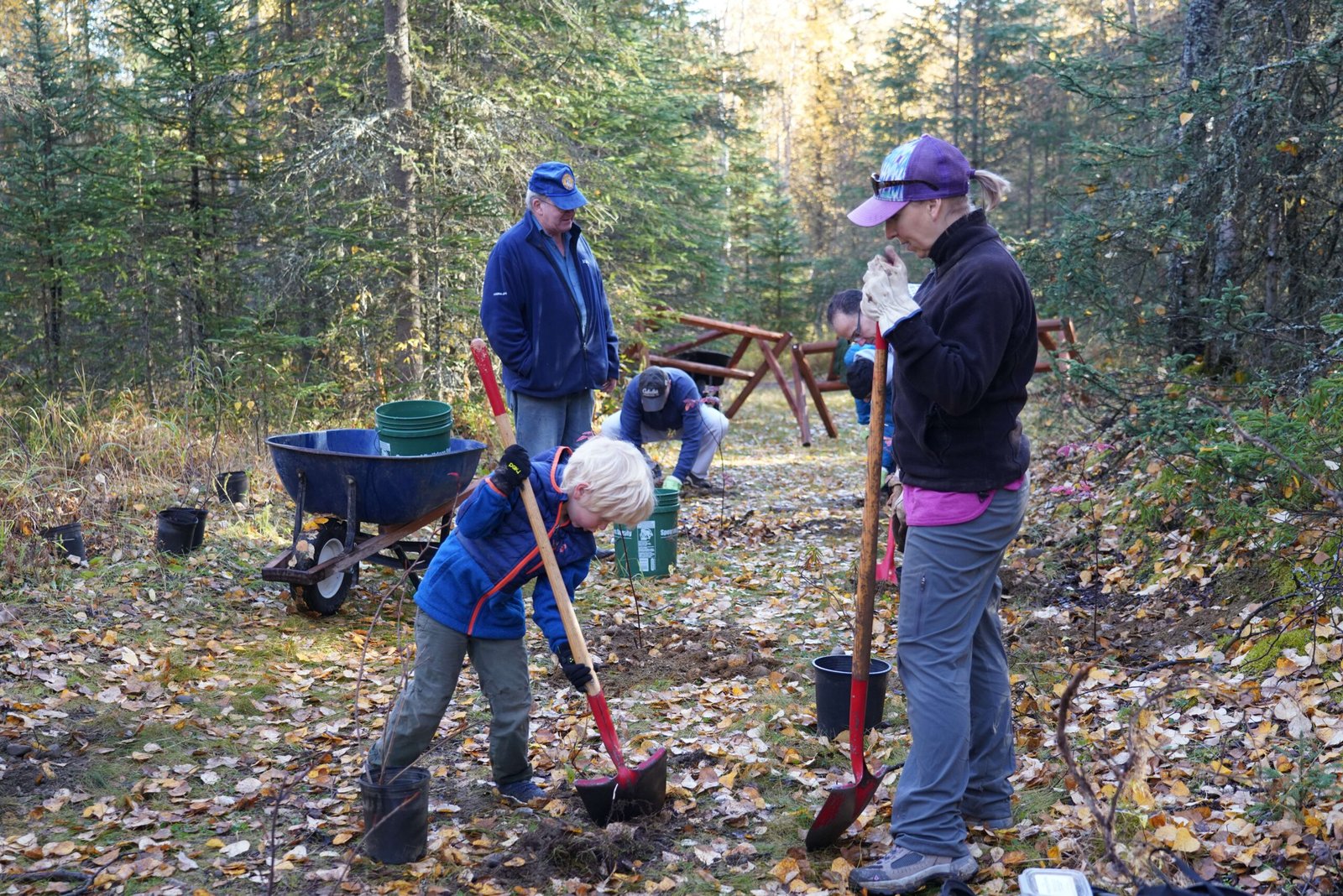
Investing in native plant restoration after fires pays dividends that extend far beyond environmental benefits. Healthy native plant communities provide natural erosion control, reducing the need for expensive engineering solutions like retaining walls and drainage systems. They also improve water quality by filtering runoff and preventing sediment from entering waterways, which can save communities millions of dollars in water treatment costs.
Tourism and recreation industries benefit significantly from successful restoration efforts. Areas with thriving native plant communities attract visitors who want to experience healthy ecosystems and observe wildlife. This economic activity supports local communities and provides ongoing incentives for maintaining restoration efforts over the long term.
Native plant restoration also reduces the long-term costs of fire management. Healthy ecosystems with natural fire cycles are less prone to catastrophic wildfires than areas dominated by invasive species or unhealthy vegetation. This means lower costs for fire suppression and reduced risk of property damage in future fire events.
Climate Change Impacts on Fire Recovery
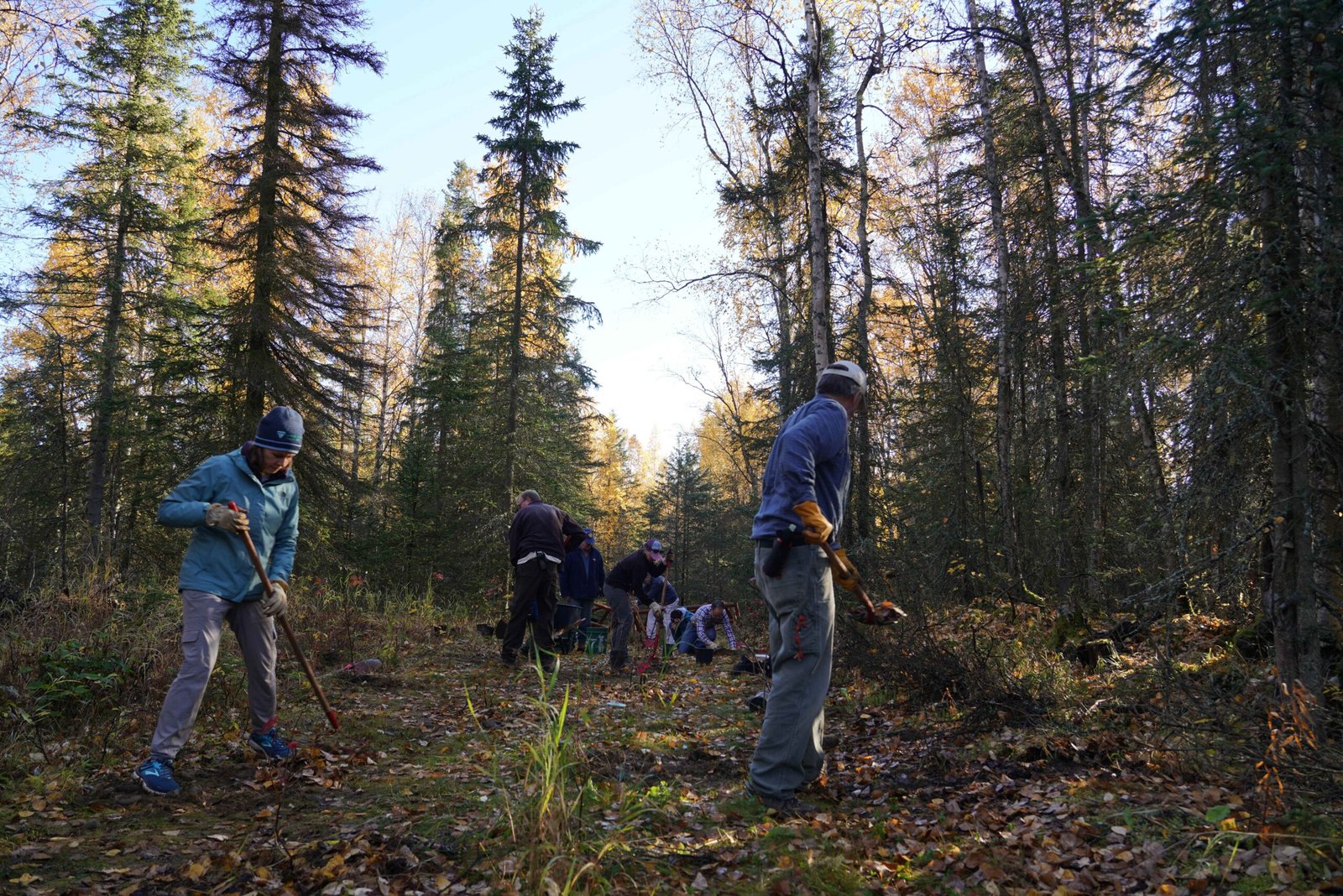
Rising global temperatures are changing the rules of fire recovery in ways that scientists are still working to understand. Some native plants that have thrived in post-fire environments for thousands of years are now struggling to establish themselves as growing seasons become longer and hotter. This is particularly challenging for plants that rely on specific temperature cues to trigger germination or growth.
Changes in precipitation patterns are also affecting recovery success. Many fire-adapted plants are accustomed to specific seasonal rainfall patterns, and shifts in timing or intensity can disrupt their natural cycles. Drought conditions that last longer than usual can prevent even the most resilient native plants from establishing themselves after fires.
However, climate change is also creating opportunities for innovation in restoration techniques. Scientists are developing new methods for selecting and breeding native plants that are better adapted to changing conditions. These climate-adapted varieties maintain their ecological function while being better able to survive in the harsher conditions that climate change may bring.
The Role of Wildlife in Plant Recovery
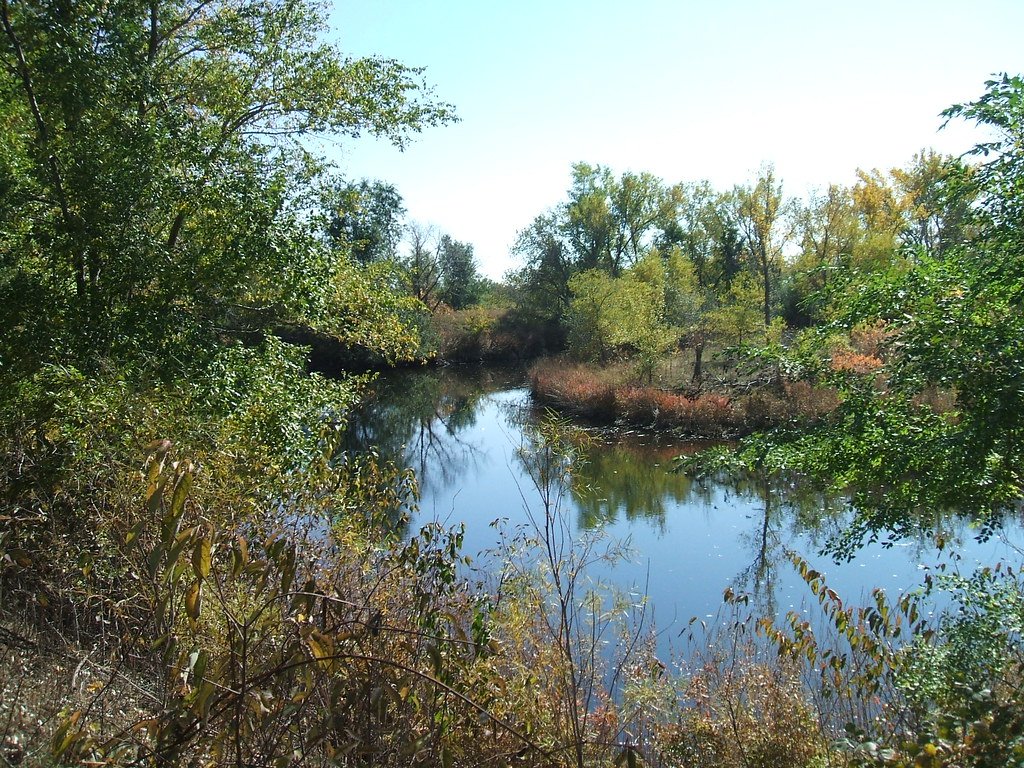
Animals play an essential role in post-fire plant recovery, often serving as living seed dispersal systems that can quickly recolonize burned areas. Birds, mammals, and even insects transport seeds across landscapes, sometimes carrying them far from their original locations to find new suitable habitat. This natural dispersal system is so effective that many plants have evolved specific adaptations to attract animal partners.
Large herbivores like deer and elk can actually help or hinder plant recovery, depending on their population levels and grazing patterns. Light grazing can stimulate plant growth and create favorable conditions for seed germination, while overgrazing can prevent plants from establishing themselves. Managing wildlife populations is therefore an important component of successful restoration efforts.
Even small animals make significant contributions to ecosystem recovery. Rodents and other burrowing animals help mix soil and create microhabitats that favor plant establishment. Their digging activities can also help break up compacted soil layers that might otherwise prevent plant roots from penetrating deeply enough to access water and nutrients.
Monitoring and Measuring Recovery Success

Determining whether restoration efforts are succeeding requires careful monitoring using both scientific measurements and observational techniques. Plant density counts, species diversity assessments, and soil health measurements provide quantitative data that can track progress over time. These metrics help land managers understand whether their restoration efforts are working and what adjustments might be needed.
Remote sensing technology has revolutionized the ability to monitor large restoration areas efficiently. Satellite imagery and drone surveys can track vegetation recovery across thousands of acres, identifying areas that are recovering well and others that may need additional intervention. This technology allows for much more comprehensive monitoring than would be possible with ground-based surveys alone.
Long-term monitoring is essential because ecosystem recovery is a process that can take decades or even centuries to complete. What looks like successful restoration after five years might prove inadequate after twenty years, making it crucial to maintain monitoring programs over extended periods. This long-term perspective helps ensure that restoration efforts create truly sustainable ecosystems.
Future Innovations in Fire Recovery
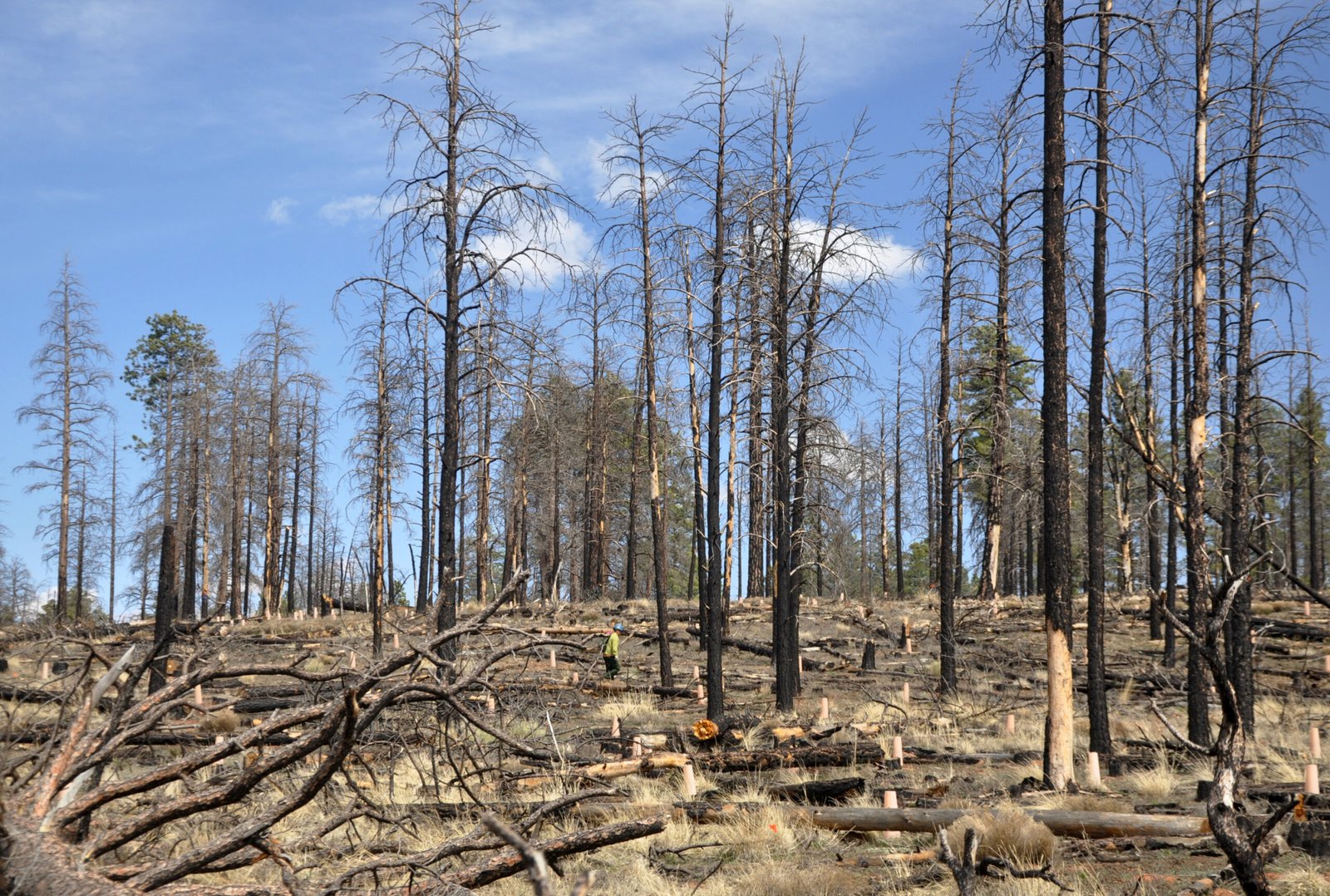
Scientists and land managers are developing exciting new technologies and approaches that could revolutionize fire recovery efforts. Drone seeding technology can now deliver seeds to remote or dangerous areas that would be difficult or impossible to reach on foot. These aerial delivery systems can be programmed to target specific locations and can cover large areas much more efficiently than traditional hand-seeding methods.
Biotechnology is also opening new possibilities for enhancing native plant recovery. Researchers are developing probiotic treatments that can be applied to seeds or soil to introduce beneficial microorganisms that support plant growth. These biological enhancements can significantly improve establishment rates and help plants survive in challenging post-fire conditions.
Artificial intelligence is being used to analyze vast amounts of data from restoration projects, identifying patterns and predicting outcomes with unprecedented accuracy. Machine learning algorithms can process information about soil conditions, climate patterns, and plant performance to recommend optimal restoration strategies for specific locations and conditions.
Building Resilient Landscapes for the Future

The ultimate goal of fire recovery efforts is not just to restore what was lost, but to build ecosystems that are more resilient to future disturbances. This means creating plant communities that can adapt to changing conditions while maintaining their essential ecological functions. Resilient landscapes are diverse, connected, and capable of recovering from disturbances without losing their fundamental character.
Genetic diversity is a crucial component of resilient ecosystems. Restoration projects are increasingly focusing on maintaining and enhancing the genetic diversity of native plant populations, ensuring that they have the variability needed to adapt to changing conditions. This might involve collecting seeds from multiple locations or using breeding programs to maintain genetic health.
Creating corridors and connections between restored areas helps ensure that plant and animal populations can move freely across landscapes. These ecological connections allow for genetic exchange, recolonization after disturbances, and the natural migration of species in response to changing conditions. Connected landscapes are much more resilient than isolated patches of habitat.
The partnership between fire and flora represents one of nature’s most remarkable recovery systems, refined over millions of years of evolution. Native plants have developed extraordinary abilities to not just survive fires, but to thrive in their aftermath, creating opportunities for rapid ecosystem recovery that far exceed what human intervention alone could achieve. From the underground networks that survive the flames to the specialized seeds that await fire’s signal to germinate, these botanical firefighters possess an arsenal of adaptations that make them uniquely suited to heal burned landscapes.
As climate change continues to alter fire patterns and intensify the challenges facing ecosystems worldwide, understanding and supporting these natural recovery processes becomes increasingly critical. The success stories from major fire recovery projects demonstrate that when humans work with nature rather than against it, remarkable restoration is possible. By protecting seed banks, controlling invasive species, and creating conditions that favor native plant establishment, we can help these natural systems do what they do best.
The future of fire recovery lies in combining traditional ecological knowledge with cutting-edge technology, creating restoration approaches that are both scientifically sound and economically viable. As we face an uncertain climate future, the resilience of native plants offers hope that even the most severely damaged landscapes can recover and thrive. What other hidden partnerships between destruction and renewal might nature be waiting to teach us?

